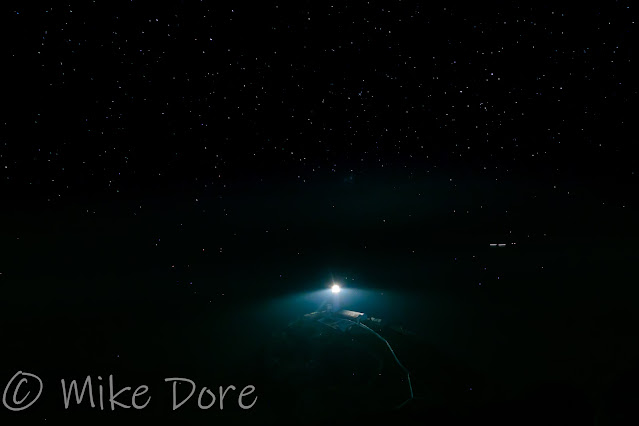Last weekend I went over to see my son and daughter-in-law and took a number of pictures of their exotic pets. I have sorted out several to share on this page however I just haven't got round to it during the week so I will need to get more organised because there are some really interesting shots that I am sure you will love (or maybe they will give yo chills).
However today I was off work and for the first time in a while I felt really motivated to go out and get some new pictures. I got up at 5:30am and headed off to a reserve near Preston called Brockholes. Getting there early was a good idea because there was lots to see, from Brown Hares, Roe Deer, Longhorn cattle, all manner of birds and lots of wild flowers. The conditions were perfect and I had a fabulous time and got a really nice selection of shots. I would say it is the first time in a long time I have felt so positive about an outing like this and I can't wait to share some of my favourite images.
The first pictures I wanted to share were taken about 45 minutes to an hour into my visit. I had spotted this Common Kestrel hovering in the distance and I watched it settle in a tree off to my left. As I tried to get closer it kept flying off along the treeline and settled just out of range. It was so frustrating but as I very slowly made my approach it had obviously worked out that I was not a threat and it stayed settled for some time.
I was really pleased with the first image because moments before it had pooed (too much information???) so I knew I didn't have long before it took to the air again. I wasn't wrong.
What surprised and thrilled me most however was that the bird flew almost directly towards me and went into a stoop almost directly above me allowing me to get the next two images, before it realised it was just a bit too close and then flew off.
For me the second picture is my picture of the day, possible even picture of the year so far, it is almost definitely going to feature in my calendar for 2023. I love the shape of the kestrel as it hangs there in the sky, I love its piercing glare. I love the way its tail is fanned out so you can see every detail. The light on the underside of the wings is perfect and the shadow of its claws... This bird is so so beautiful.
OK, I will stop gushing now.
I hope you enjoy these pictures as much as I do.














